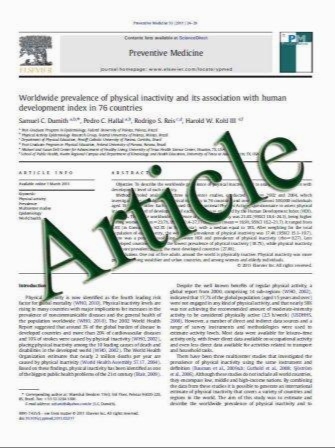Pre-existing chiasma syndromes do not entirely remit following transsphenoidal surgery for pituitary adenomas
- نوع فایل : کتاب
- زبان : انگلیسی
- مؤلف : Rudolf Andreas Kristof , Daniel Kirchhofer , Daniel Handzel , Georg Neuloh , Johannes Schramm , Christian-Andreas Mueller , Nicole Eter
- چاپ و سال / کشور: 2011
Description
Background It is not known whether following transsphenoidal surgery for pituitary adenomas the vision of patients with preoperative chiasma syndromes (CS) does improve to the degree of vision of patients without preoperative CS. Objective The purpose of this study is to answer the question above. Methods Pertinent data of a successive series of patients operated transsphenoidally for the first time for pituitary adenoma were retrospectively analysed. Results Of the 304 patients, 35.1% presented preoperatively with CS. The median visual acuity (VA) of these patients improved significantly from preoperative (right eye, 0.63 (0; 1.25); left eye, 0.56 (0; 1.4)) to postoperative (right eye, 0.8 (0; 1.25); left eye, 0.74 (0; 1.25)). The median number of impaired quadrants of the binocular visual fields (VF) improved significantly from preoperative (2 (0; 8)) to postoperative CS (0 (0; 4)). In patients without preoperative CS, postoperative vision (VA as well as VF) remained unchanged. Postoperatively, VA of patients with preoperative CS remained significantly lower than that of patients without preoperative CS (right eye, 0.96 (0.2; 1.4); left eye, 0.94 (0.05; 1.4)). Postoperatively, the number of impaired quadrants of the binocular VF of patients with preoperative CS remained significantly higher than in patients without preoperative CS (0 (0; 1)). Conclusion In this unselected patient series, the vision (VA as well as VF) of patients with preoperative CS did not improved postoperatively to the degree of the vision of patients without preoperative CS. Thus, in patients with adenomatous chiasma compression transsphenoidal surgery may be indicated before CS develops.
Acta Neurochir (2011) 153:26–32 DOI 10.1007/s00701-010-0792-5


